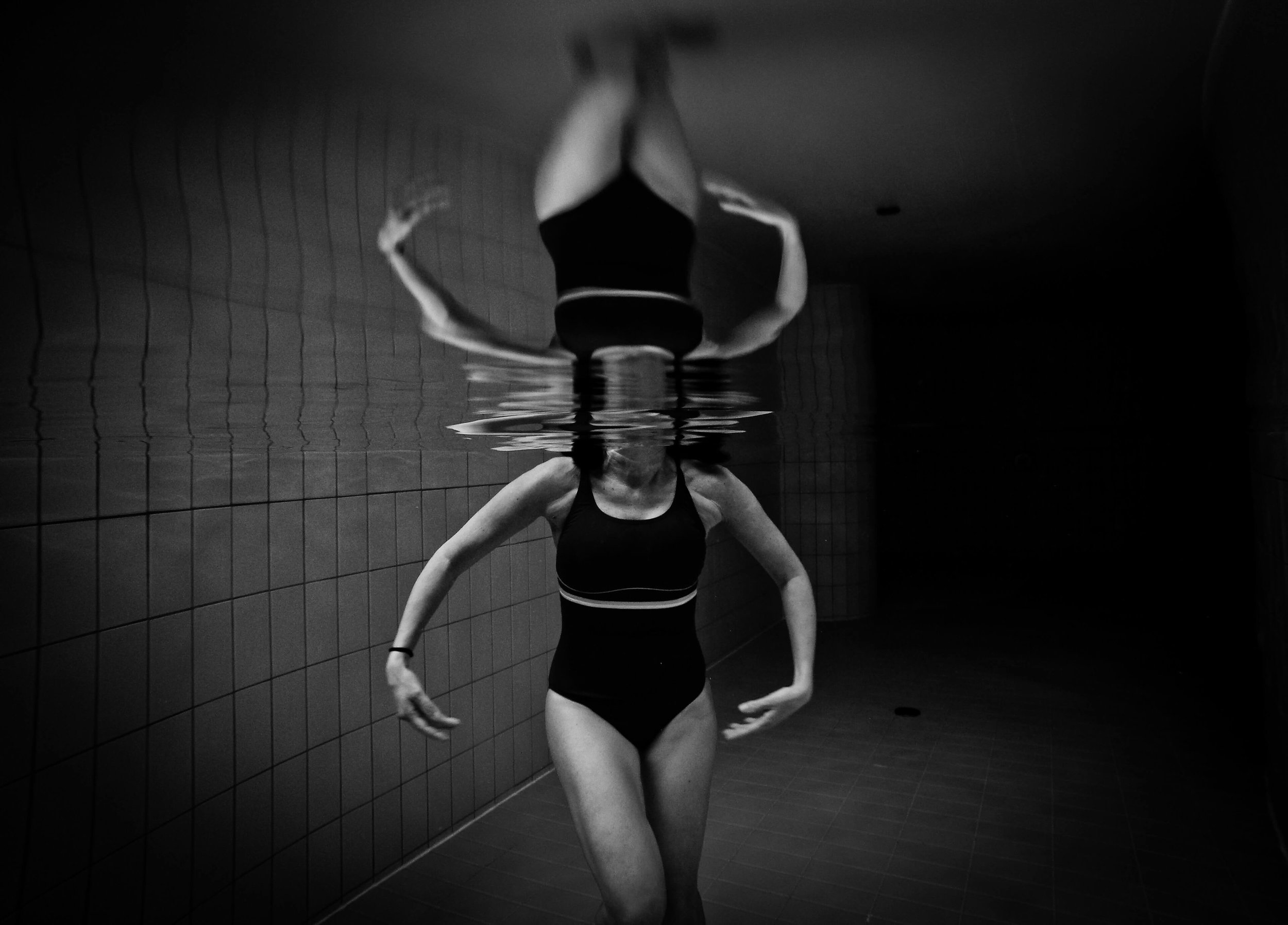Water Aerobics Exercises - Low Impact Fitness Anyone Can Do
/If you live in an area with a community pool, or even better - a college with a pool that employs exercise science students as instructors, there's a good chance you've seen water aerobics advertised in your neighborhood.
These low impact fitness classes tend primarily to be popular with those who have already taken them, even though, like swimming, water aerobics combines challenging work for your muscles with minimal stress on the joints. Some swimmers skip these workouts; water aerobics aren't flashy, the movements aren't as fast as with more conventional aerobic exercise, and the real work happens beneath the water. Those who partake, however, know just how effective it is.
In short, water aerobics exercises are a highly recommended way to get fit (and might even help you recover from injury or surgery faster). Classes are great if you can find one, but if you have access to a pool* and no time to take a scheduled class, there are plenty of exercises you can perform on your own, from beginner level to super advanced.
*What’s that? You don’t have access to a pool? How do you survive these Vegas Summers?? You deserve a pool, and we’ve got one that’ll fit your backyard perfectly.
Beginner Water Aerobics Exercises
1. Walking
The Harvard Heart says, "If doing laps isn't your thing, you can try walking or running in water." In the water, this is a legitimate exercise, and easy to scale. If you've never tried it before, take your time and walk from one side of the shallow end to the other. As you improve, work on longer strides and making the trip in less time.
2. Jumping Jacks
These are no different from the ones you learned to do on normal ground. The coordination is a bit different, but your body will adjust quickly.
3. Sidesteps
If you've been in a gym recently, you may have seen people with bands around their thighs, performing lateral movements in a partial squat. This is the same motion, just with water resistance and without the band. You'll be amazed at how tired your hips and glutes can get doing this exercise.
Intermediate Exercises
1. Treading Water
This isn't wildly difficult from an aerobic perspective, but it requires more confidence in your swimming ability. Here's a quick how-to video from iSportdotcom:
Treading water also provides the basis for more difficult exercises. Practice in shallow water until you can tread water for at least thirty seconds non-stop (without touching the bottom) before moving to the deep end.
2. Knee to Chest Jump
Known in a regular gym as a jump knee tuck, you'll want to start this in water no higher than your waist, if possible. Get used to the resistance on your legs as you pull them out of the water. Eventually you'll move on to chest-high water, where your legs stay beneath the surface for the vast majority of the movement.
3. Buttkickers
Many people are familiar with these as a warm up exercise, where they run while kicking their heels up to their glutes. With the water resistance, this is much more difficult; the reps will be slower but very effective at strengthening your hamstrings and butt.
Advanced Water aerobics and Beyond
1. K-Treads
While treading water with cupped hands, hold one foot straight out in front of you for five seconds, then switch legs. The water depth should be sufficient so your toes never breach the surface. You can do this where your foot can touch the bottom; for an even greater challenge, move to deep water where you never touch at all. K-treads make for an excellent ab workout.
2. Otter Roll
Hug a beach ball to your chest and float on your back, legs straight, feet together. Roll your body in one direction until you're over the top of the ball, then complete the revolution so you're on your back again. If you watch someone who's proficient at the movement, it looks very easy, but it requires a certain level of total body strength and control to complete.
3. Wave Maker
Our last exercise involves holding the edge of the pool deck with one hand and placing the other against the wall, below the water line, to stabilize yourself. Extend both legs behind you, keeping them together, and kick like a dolphin; if you've watched competitive swimmers under water at the start of a race, you're mimicking what they do at that time. This is one of the safer advanced exercises to try, but the coordination takes time to develop.
If you're feeling adventurous, you can scale the wave maker up by letting go of the wall and dolphin kicking out in the open water:
That's all for now; just remember, if you're done with your exercises, there's a lot to be gained from just splashing around and enjoying yourself. Have fun!













